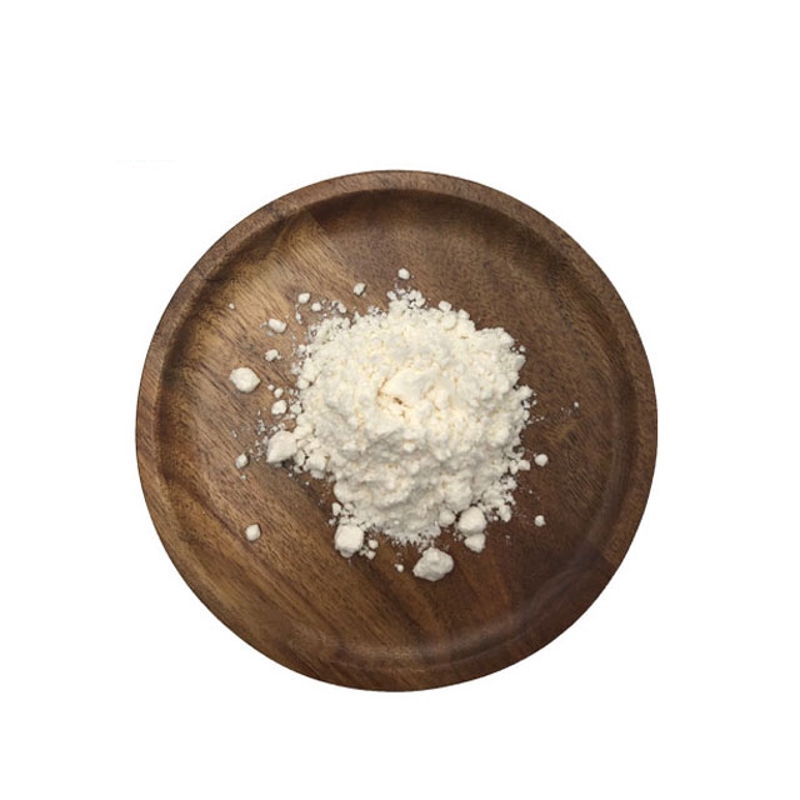-
Categories
-
Pharmaceutical Intermediates
-
Active Pharmaceutical Ingredients
-
Food Additives
- Industrial Coatings
- Agrochemicals
- Dyes and Pigments
- Surfactant
- Flavors and Fragrances
- Chemical Reagents
- Catalyst and Auxiliary
- Natural Products
- Inorganic Chemistry
-
Organic Chemistry
-
Biochemical Engineering
- Analytical Chemistry
- Cosmetic Ingredient
-
Pharmaceutical Intermediates
Promotion
ECHEMI Mall
Wholesale
Weekly Price
Exhibition
News
-
Trade Service
Cold agglutinin disease (CAD), a rare self- immune hemolytic anemia, hemolysis of the classical complement pathway by activation is characterized by clinical manifestations of chronic anemia, severe fatigue and acute hemolytic crises, some patients will acrocyanosis, Even thrombosis .
Immune Thrombosis
Recently, researchers investigated the therapeutic effect of intravenous Sutimlimab on CAD patients.
Recently, researchers investigated the therapeutic effect of intravenous Sutimlimab on CAD patients.
This study is a 26-week multi-center, open-ended, single-group study to evaluate the efficacy and safety of intravenous sutimlimab in the treatment of cold agglutinin disease.
Twenty-four patients received at least one dose of Sutimlimab, and 13 patients (54%) met the composite primary endpoint.
At the time of treatment evaluation (weeks 23, 25, and 26), the least squares mean change in the patient's hemoglobin level was 2.
Changes of hemoglobin levels in CAD patients after Sutimlimab treatment
Studies believe that sutimlimab can rapidly improve the symptoms of hemolysis in patients with cold agglutinin disease, increase hemoglobin levels and reduce fatigue by selectively inhibiting upstream targets of the classical complement pathway .
Sutimlimab can rapidly improve the symptoms of hemolysis in patients with cold agglutinin disease by selectively inhibiting the upstream target of the classical complement pathway , increase hemoglobin levels and reduce fatigue.
Original source:
Alexander Roth et al.
Sutimlimab in Cold Agglutinin Disease.
Leave a message here







